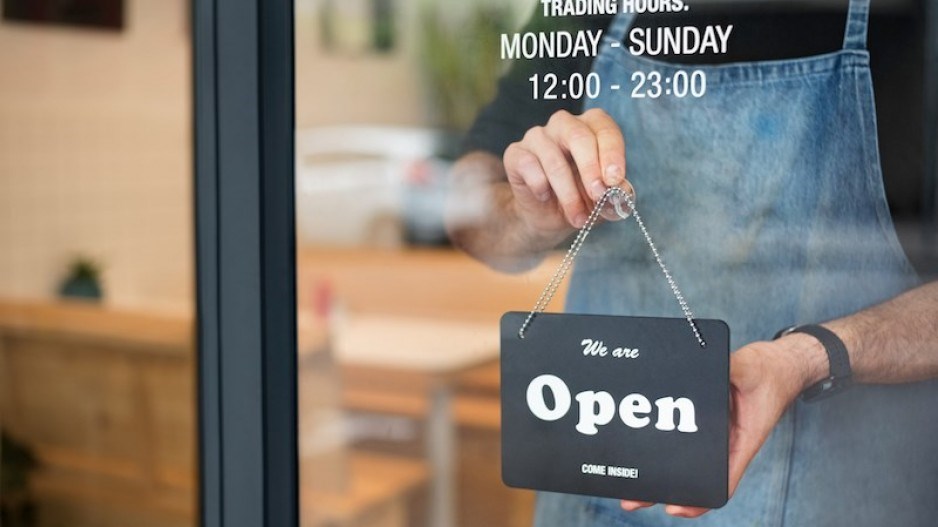The second phase of B.C.’s reopening plan is having a palpable effect on provincial job numbers, according to data released Friday from Statistics Canada.
B.C. added 42,100 jobs in June while the unemployment rate dipped 0.4 percentage points to 6.6% compared with May’s 7% unemployment rate.
But all gains made last month came through part-time work (+50,800 jobs) as the province shed some 8,700 full-time positions.
This came as the province transitioned into Step 2 of its four-step reopening plan following tighter restrictions brought on earlier in the year by the pandemic.
As vaccination rates have surged and COVID-19 cases have plummeted across the West Coast the past few months, restaurants were able to extend liquor service to midnight from the previous 10 p.m. cut-off time, cinemas and banquet halls reopened at limited capacity of 50 people and intra-provincial tourism was permitted once again.
“Reopen and jobs will come. This has been the mantra through the pandemic and June was no different,” TD senior economist Sri Thanabalasingam said in a note.
“There's some way to go to get to pre-pandemic levels but last month was an encouraging sign of things to come.”
B.C.’s accommodation and food services sectors added 19,200 jobs last month.
The information, culture and recreation bucket also gained 3,600 jobs during that same period.
Sectors making big gains also included finance/insurance/real estate (+6,800 jobs), health care/social assistance (+10,600 jobs), professional/scientific/technical services (+5,400 jobs) and business/building and other support services (+5,200 jobs).
Meanwhile, the biggest losses were felt in construction (-10,100 jobs) and natural resources (-5,100 jobs).
“This is positive news but we're not 100% there yet. It's still going require work,” B.C. Jobs Minister Ravi Kahlon told BIV, referring to the overall provincial data.
“There's still some sectors that are facing challenges. But as we've entered Step 3 [in July], we're getting into a more positive space, and once we get more certainty around the U.S. border and when the federal government will make steps to allow international travellers to come, it only gets better from there.”
Kahlon said the loss of full-time positions last month is indicative of employers still uncertain over what entering Step 2 of the reopening plan meant for the economy.
“I am confident that when the Step 3 numbers are reflected and that certainty that Step 3 provided for our business community in particular, we'll see a lot more full-time employment numbers,” he said.
The minister also pointed to an agreement struck Thursday between Ottawa and Victoria to create more affordable childcare as a means to encourage more people to enter the workforce amid some concerns over potential labour shortages.
The country as a whole saw its unemployment rate fall 0.4 percentage points on a monthly basis to 7.8% as 231,000 jobs were added across Canada.
“The June jobs increase was heavily concentrated in the high-contact service sectors which rebounded after being once again disproportionately hit by spring virus containment measures — and it was concentrated in youth aged 15-24,” RBC senior economist Nathan Janzen said in a note, referring to national numbers.
“Vaccine distribution has ramped up significantly and, provided virus spread remains in check, there are still a lot of jobs to recoup over the second half of the year in high-contact service sectors. Beyond that, production and labour-supply capacity limits will make further gains next year harder to come by.”




